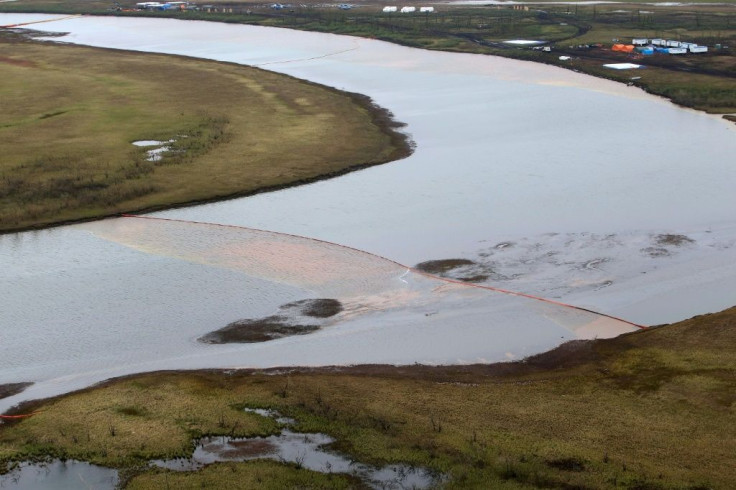Monstrous Alligator-Like Sea Creature With Huge Jaws Found Near Reservoir
A recent discovery of the remains of a massive alligator-like sea creature on the banks of a reservoir in Singapore baffled locals and experts.
The remains were spotted last week by Scottish expat Karen Lythgoe. She was near the banks of MacRitchie Reservoir when she saw the "prehistoric" creature with the head of an alligator and the body of a fish.
Lythgoe mentioned on her private Facebook account about the moment she first came across the creature: "There were some people already looking at it from the boardwalk, but that was too far away to see what it was."
"We thought it was a crocodile from that position, but it didn’t look quite right, so we went off the path to get a closer look. It wasn’t a crocodile! It was like something you might see in a zoo – it looked prehistoric with its big jaws and teeth," Lythgoe wrote, according to the Independent.
People who live nearby also saw the creature, but were unable to identify it.
“Honestly, it flat out looked like an alligator, especially because a portion of its body was gone – probably eaten by a happy monitor lizard... It was pretty damn strange, but it looked enough like a lizard with its jaws wide open, that I would have never guessed it was a fish," Imran Kassim, a person who stays in the area, said, The Independent reported.
The city's water agency and National Parks Board later said the creature was an alligator gar, which is native to the southern United States. Many were confused as to how the creature ended up 10,000 miles away from where it originated.
According to The Straits Times, these species can grow to a length of eight feet, and are often released by owners who cannot cope with its size.
In Singapore, those who are caught releasing animals in parks and nature reserves face fines of up to $50,000.
"We would like to remind everyone that the release of animals into our water bodies will disrupt the delicate aquatic ecosystem of our waters and may also pose a risk to users of our water bodies," the city’s water agency (PUB) and National Parks Board said in a joint statement.
The fish’s carcass has now been removed by the PUB.






















